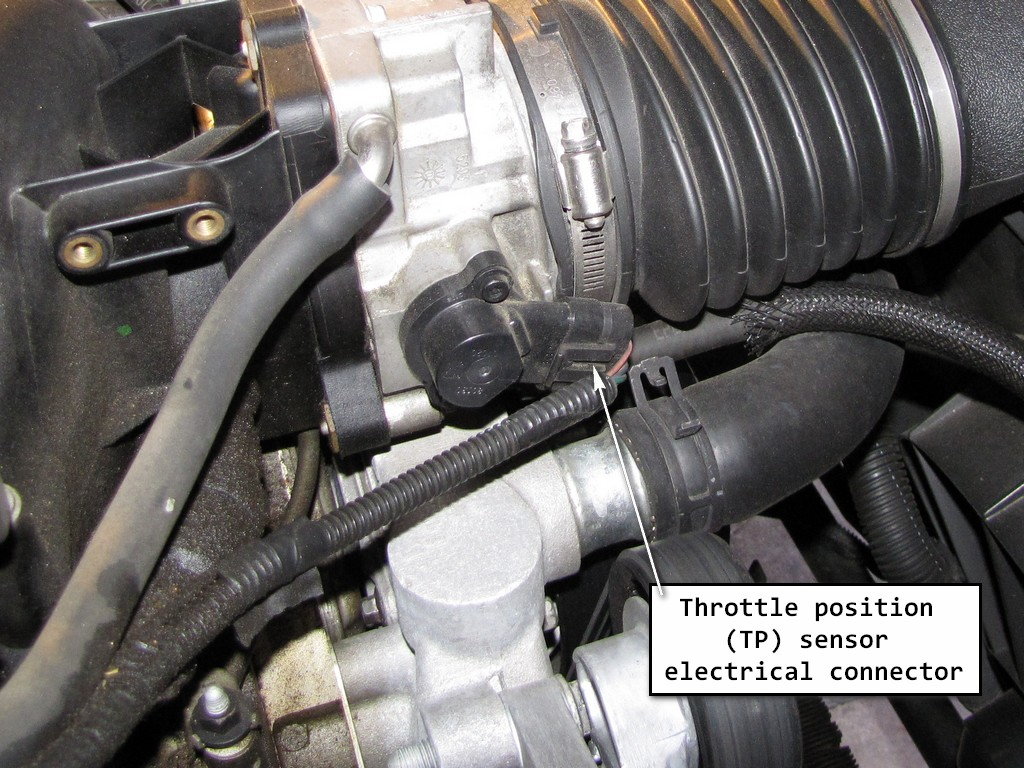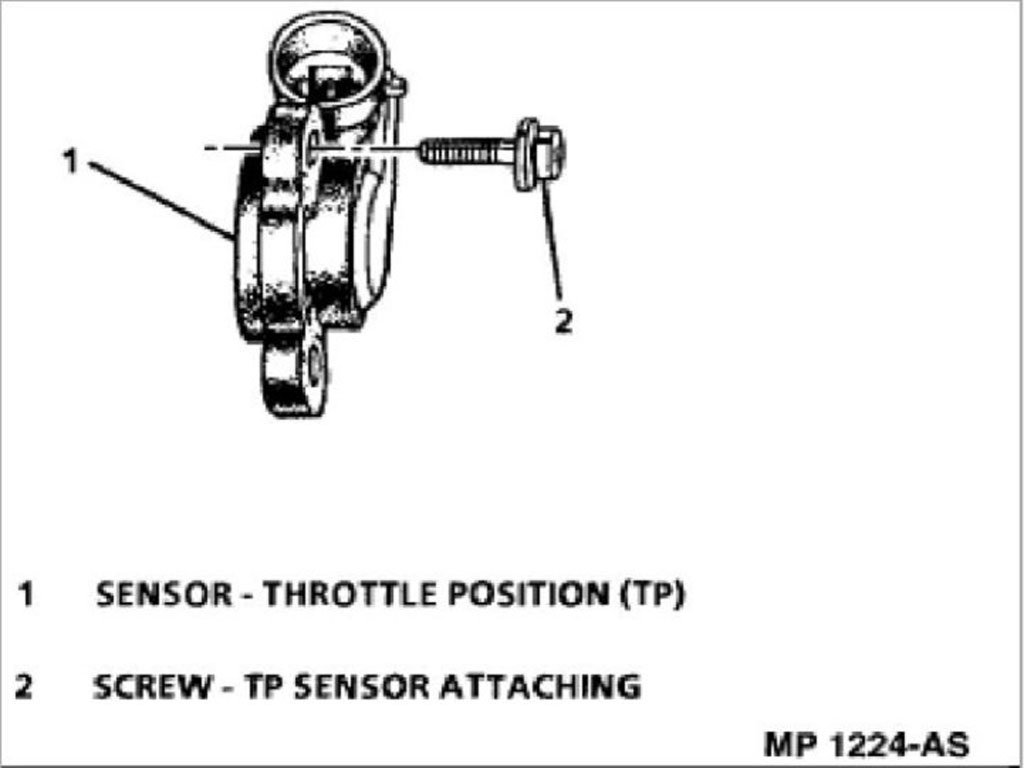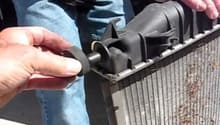C5 Corvette: How to Replace Throttle Position Sensor
If your C5 'Vette is bucking and stalling, the issue may not be as bad as you'd think. Read on for more information about this easy, do it yourself fix.
This article applies to the C5 Corvette (1997-2004).
If your C5 is bucking for no reason, stalling out, surges in speed while driving, roughly changing gears and your CIL comes on often, you may have a bad throttle position sensor (TPS). This small piece of equipment reports to the ECM about the position of the throttle, and as such, contains small electrical mechanical parts that are susceptible to the environment and weather. When these things go, they can send bad data or no data at all to the ECM, which normally uses that information to control the engine and its fuel efficiency. A replacement TPS is not too expensive and is really easy to replace. Having a professional do the job is not necessary as it can be done quickly and easily in your own garage, saving you a lot of time and money.

Materials Needed
- Socket wrench and sockets with extensions
- Torque wrench
- Voltmeter
- Corvette service manual
- A friend to help with testing
As the symptoms of a bad TPS are slightly ambiguous, you may start down a path looking at different reasons for your issues. You should test the TPS to find out if it is bad or rule it out as a suspect.
Step 1 – Test your TPS
Use a voltmeter to test your TPS and make sure that it is the culprit causing your loss of fuel efficiency, hard shifting and general throttle weirdness. Check the Corvette service manual for the specific readings that you should see on the voltmeter. They should be fairly close to the values in the following testing procedure:
- Disconnect the TPS wiring harness.
- Manually open the throttle and check the resistance changes between the two terminals.
- Using a friend to step on the gas pedal, check the resistances at three different pedal positions: slightly depressed, mid-way and wide open.
- At WOT, you should see approximately 10 ohms and then a range of 3-10 ohms when depressed in any other position, and at least 2 ohms when the pedal is not being touched at all.
If any of these values are way out of line, your problem then is quite likely a bad TPS, and it needs to be replaced. Proceed to the next step if this is the case.

Step 2 – Disconnect and remove the throttle position sensor
Disconnect the TPS wiring harness first. There are only two screws that connect this part, but they do have lock washers and retainers that you need to collect as well. Remove these items and pull off the throttle position sensor. Because the parts inside the TPS are so small and sensitive, there really is no option to repair this piece of equipment, and the price to piece one back together would not likely be much of a cost savings over just replacing it. Be sure to keep your replacement part clean, dry and safe before install.

Figure 2. Disconnect the TPS wiring harness first. 
Figure 3. Remove the two screws, locking washers and retainers. The throttle position sensor will pull right off.
Step 3 – Install the new throttle position sensor
Installing the new sensor should be just as easy as removing the old one; however, there are some additional things that need your special attention.
- The throttle valve must be in the normal, closed-idle position before you install the TPS on the throttle body assembly.
- Align the TPS pickup lever with the tang on the throttle actuator lever (TPS drive lever on the throttle shaft).
- Re-install the retainers, lock washers and screws. The screws must be torqued to 18 pounds per foot.
- Reconnect the wiring harness from the throttle body to the throttle position sensor.

Related Discussion
- Throttle Position Sensor Installation - CorvetteForum.com






